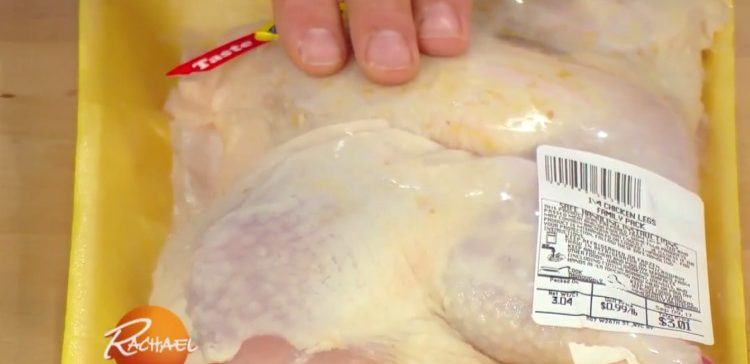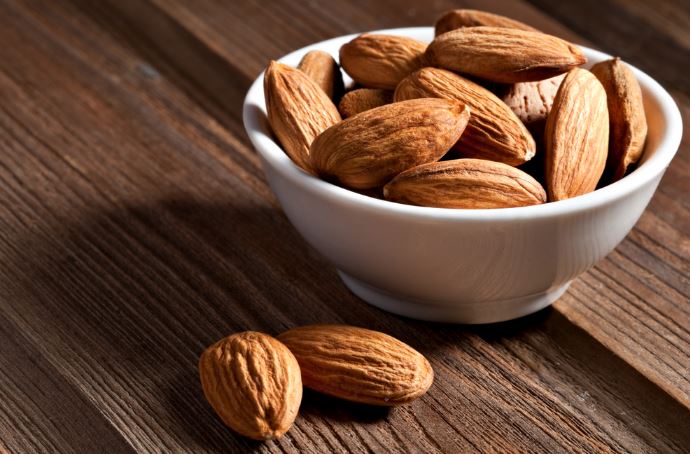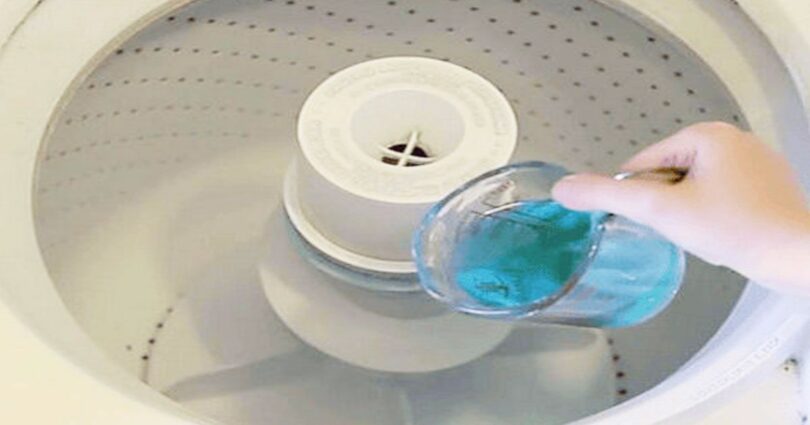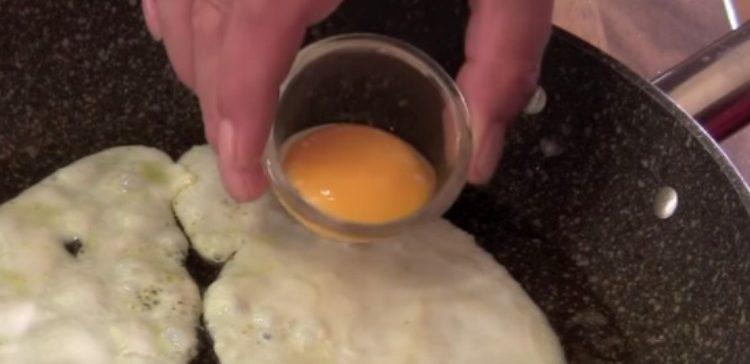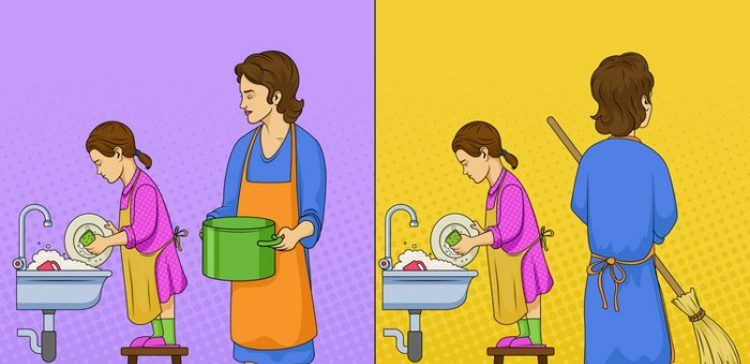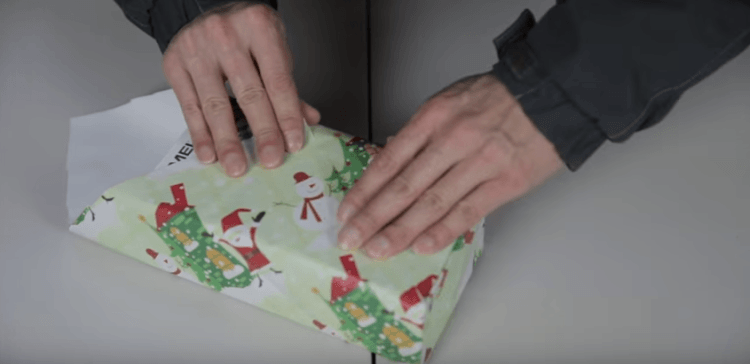Chef’s Top Tips on Choosing Fresh Chicken
When you make a quick trip to the grocery store to buy chicken, you probably check the date, grab it, and bounce. Understood. If you do follow a magic formula, it probably has to do with what type of cut or parts to buy.
Fans of labeling may be a bit more selective, but it’s a good idea to know if your purchase is fresh and bacteria free. It’s also good to have any fears assuaged about a chicken’s skin hue and texture. You could be wondering what it means about quality.
Well, Chef Curtis Stone is here to answer your inner questions. A regular on Rachael Ray’s show, he lays out some tips on chicken picking that will help you the next time you go on a chicken run. Get in the know!
1- The Press Test
A springing chicken is a fresh chicken. Curtis demonstrates that a light push of your fingertip on packaged, refrigerated chicken should help you tell if it’s fresh. Gently push and wait for it to pop back up against its wrapping.
If it holds onto your indentation for too long, pass on it. A fresher one will push back. You can also go Rachael’s route and buy your chicken from the meat counter where you can lay your eyes on it without any packaging.
2-Yellow Skin
Some of you may be alarmed by the variations in a chicken’s skin or fat color, especially when some are yellow and others are a pale white. No need to worry. It has to do with feed, breed, and age too. Chickens that have eaten food containing yellow pigments or carotenoids will have a yellow tint to their skins.
The breed of chicken also affects how color is expressed in the skin. In some breeds, the skin will always be white, regardless of the diet. All in all, it doesn’t affect the quality of the bird.
Watch Video Tips in the Next Page …

